
1. Health
In broad terms, if you’re a regular cyclist you can halve the chance of getting diabetes, heart disease and some cancers. Compared to inactive people, cyclists have the good health of someone 10 years younger. The biggest cause of death in the UK is Coronary heart disease (CHD). Around 40% of all deaths are due to CHD. Many of these coronary heart disease deaths could be prevented through regular exercise (and cycling is ideal). It has been calculated that around 37% of all CHD deaths are due to physical inactivity compared to around 19% from smoking.
Cycling is brilliant for weight control. Depending on how fast you cycle or the effort you put in, you could expect to burn between 4 to 12 kcals per minute. That’s up to 900 kcals per hour! Another benefit is it’s non weight baring i.e. you’re not pounding your feet, as with running. Your exercise can be as vigorous or as gentle as you want.
Probably worth mentioning mental health as well as I believe this to be very relevant. Cycling is a brilliant stress-buster, a way of un-winding and sorting out some of those niggles. A good bike ride will almost certainly lead to a good night’s sleep which is very important.
In other words, cycling is a very healthy thing to do.
2. It’s very green
Once a bicycle has been made, shipped and sold it has very little impact on the environment. Even the environmental impact of manufacturing of a bicycle is small compared to a car or a motorbike, so it’s off to a good start. In use, bicycles burn no fuel, have zero emissions and create no noise pollution and routine servicing does not involve the disposal of oil, spark plus, filters, old parts etc.
3. No congestion
When did you last see a road grinding to a halt through too may bicycles on the road at the same time (cycling events aside)? Never, at least in the UK. This is particularly important in urban areas and commuting traffic. A number of European cities have a transport system which is designed to accommodate cyclists and assist their flow through the streets. Such measures are generally very cost-effective; some towns and cities have a dreadful infrastructure for cyclists, others are more enlightened and the outcomes include fewer cars clogging up the streets.
4. An efficient form of transport
In urban areas, cycling is often faster than, compared to driving a car, taking a taxi or a bus. Bikes can also be used for shopping, providing you have some pannier bags, or a saddle bag or a small ruck sack. I think it’s also very “satisfying” to squeeze £40 of food and groceries into my pannier bags and get home faster than I would in my car.
5. No licence required
No driving licence? Not a problem. Great for children. Great also for disqualified drivers.
In my line of work, I have dealt with a number of drink drivers and some go through a period of mourning their former status as a motorist. Some ignore their driving ban and face a further prosecution, another sentence of some kind, hugely increased costs later on if they renew their car insurance. I remember once having a conversation with someone in that position who couldn’t comprehend not driving everywhere. Eventually the light bulb did come on and he did dust his old bike off. He needed to deal with some self-imposed humiliation, some loss of pride. He came to realise he didn’t need a car after all and carried on as a cyclist once his disqualification had ended.
6. Less crime
While I’m on a work related subject, there’s a lot of crime going on around cars. This includes stealing them, scraping a key along the side, smashing a window to steal something inside and a whole list of offences that can be committed once behind the wheel of a car. Sure, without doubt the theft of bikes is a tricky problem especially at railway stations but on balance cars lead to more crimes than bikes.
7. Cycling is comparatively cheap
The cost of buying a car is huge, not to mention the cost of learning to drive and passing a test. Petrol, servicing, insurance, road tax, car parking, finance charges and depreciation all add up to a significant portion of many people’s salaries.
Buying a decent bike for, say £1,000 and investing in £500 worth of accessories and clothing is very cheap transport. I reckon bikes could easily last longer than cars which also helps their business case become even stronger.
8. A family activity
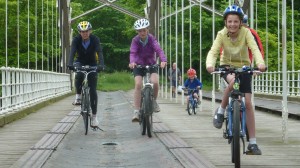
Cycling is for children too, of all ages.
Our daughters learnt to ride bikes without stabilizer wheels when they were 4 years old. They love it and have thoroughly enjoyed it ever since.
We normally take our bikes on holiday and it’s a great way of exploring places together. It also builds confidence in children, helps them develop their independence and physical growth. It’s the kind of thing we enjoy as a family – seeing things together, getting wet together, getting lost together and just enjoying each other’s company. Somehow, pedalling along with each other is always more meaningful and memorable than arriving by car.
9. You can wear Lycra
Perhaps a matter of taste? Cyclists have their own dress code, just like many other groups of people. There’s the traditional tourist (often baggy shorts, rain capes, neat cycling shoes), the time trial speedy cyclist (skin tight Lycra, weird looking helmets), urban fixies (tight jeans, tweedy tops). Some people love to wear Lycra – cycling is a good ‘cover’ story.
10. It identifies you
Cyclists are independent and more self reliant. Many people will admire you as a cyclist, for making the statement of moving around under your own steam. You’ll probably be slimmer than you’re immediate circle of friends, family, neighbours and colleagues. You’re making a real statement about yourself – why you might travel by bike instead of using your car. You’re independent, you can rise above all the squabbles and hassles of car parking, you can dispense with the cost of being in a gym and know you’re doing the right thing for these – any many other reasons.
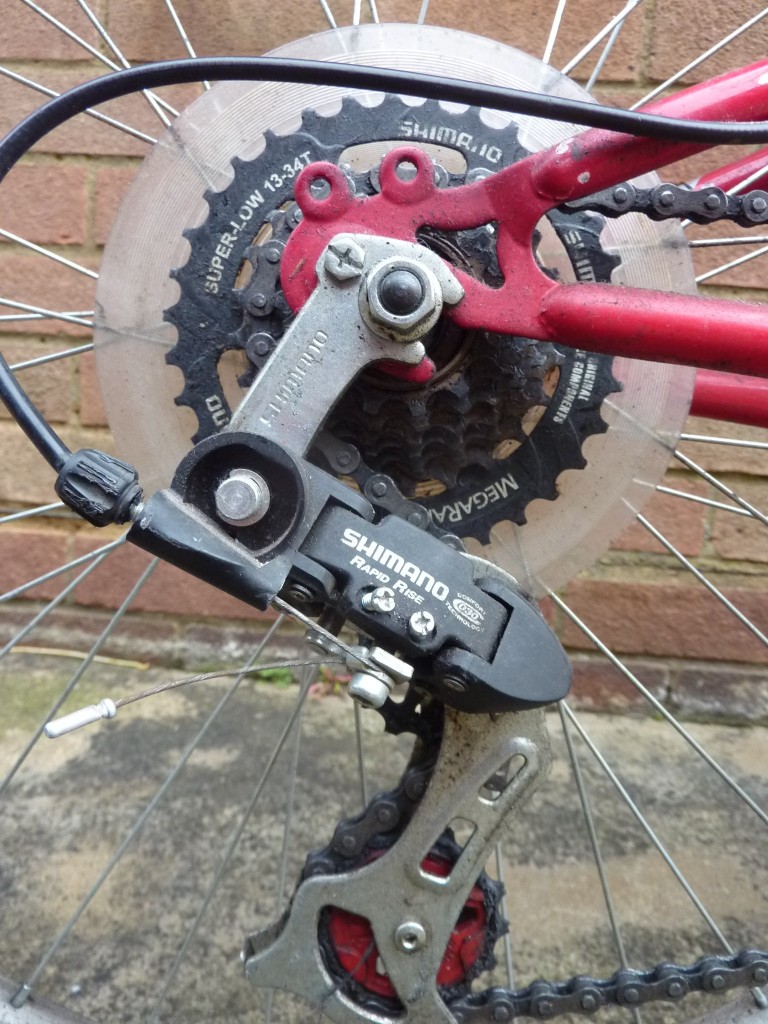 These rear Shimano gears, although fairly modest in the range, work in an opposite way to normal. By this I mean the cable pulls the chain onto the smaller sprockets, not the other way around. That seems a bit of neat problem solving on Shimano’s part as it would be a challenge for any rear deurallier in pulling the chain up onto that large sprocket – you can see its a huge jump up to the 34t sprocket but this appears to work alright.
These rear Shimano gears, although fairly modest in the range, work in an opposite way to normal. By this I mean the cable pulls the chain onto the smaller sprockets, not the other way around. That seems a bit of neat problem solving on Shimano’s part as it would be a challenge for any rear deurallier in pulling the chain up onto that large sprocket – you can see its a huge jump up to the 34t sprocket but this appears to work alright.


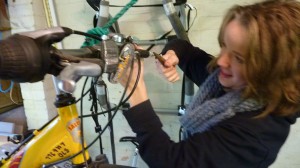
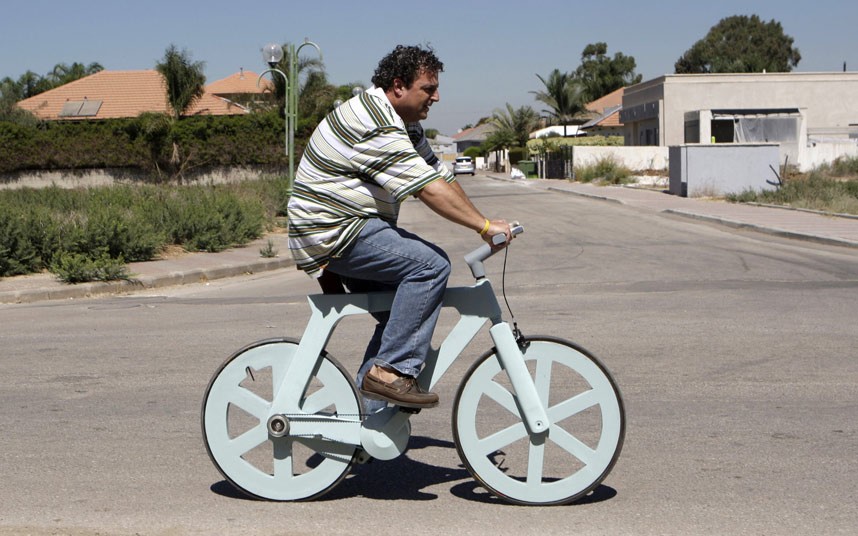
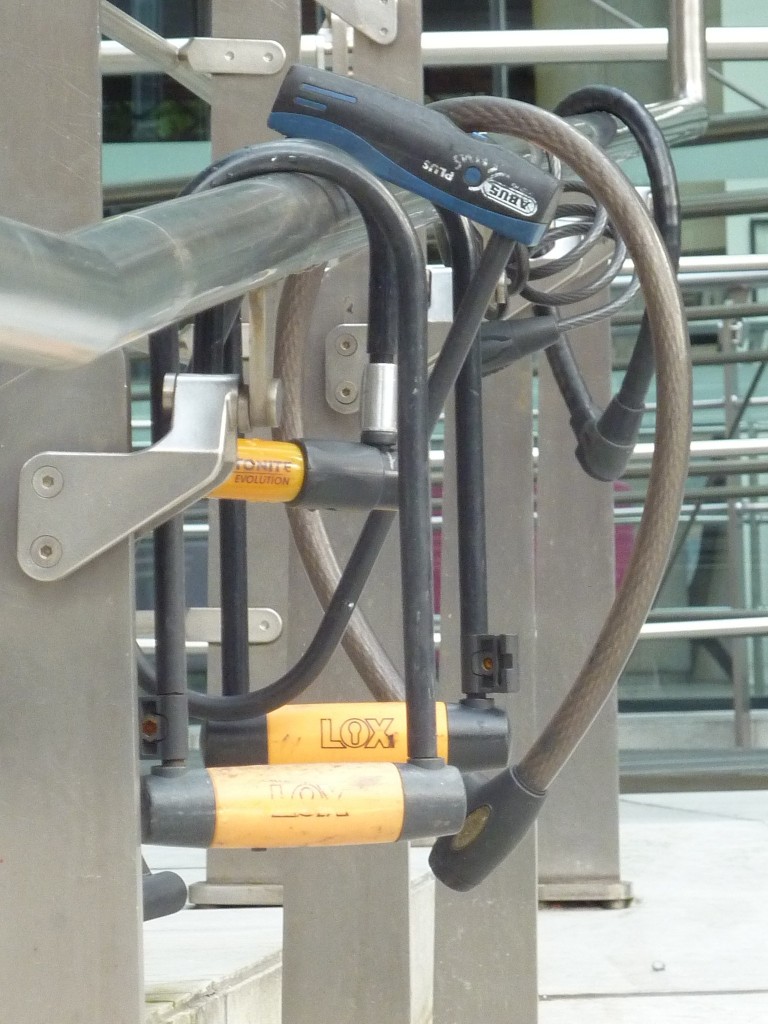
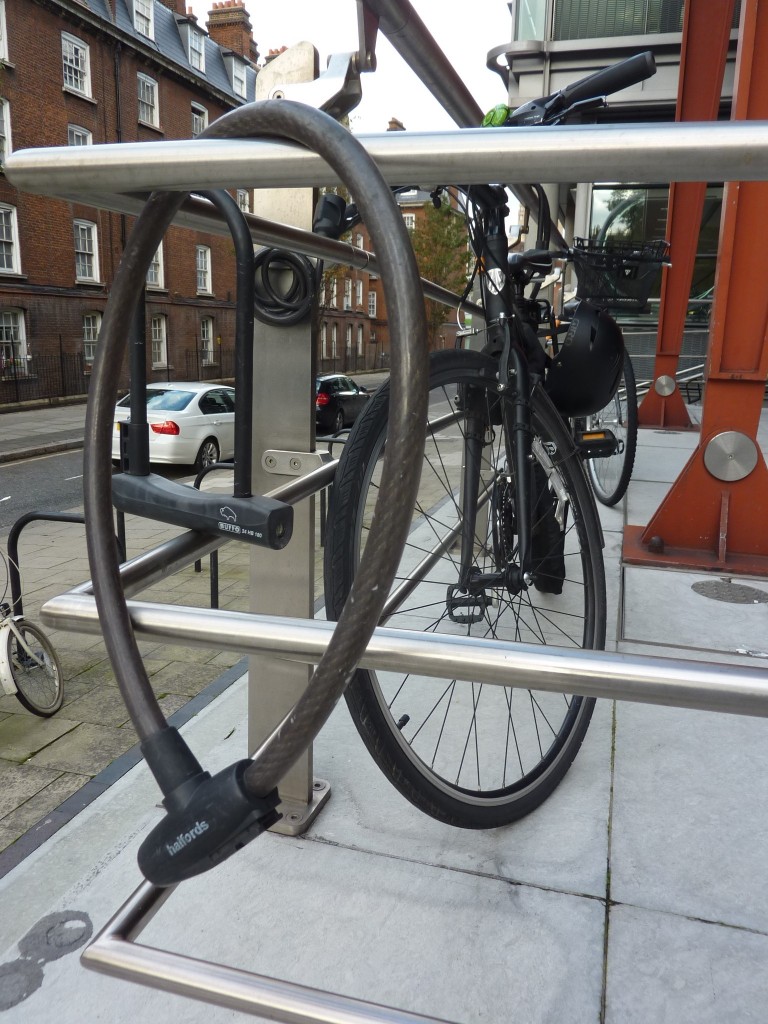
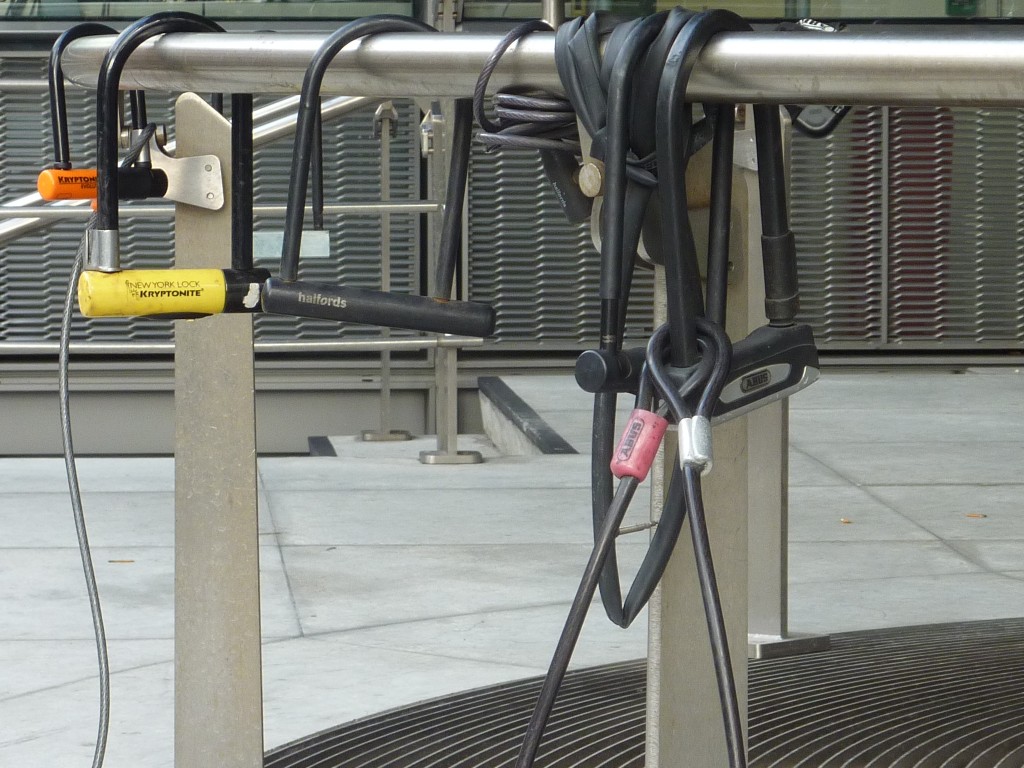
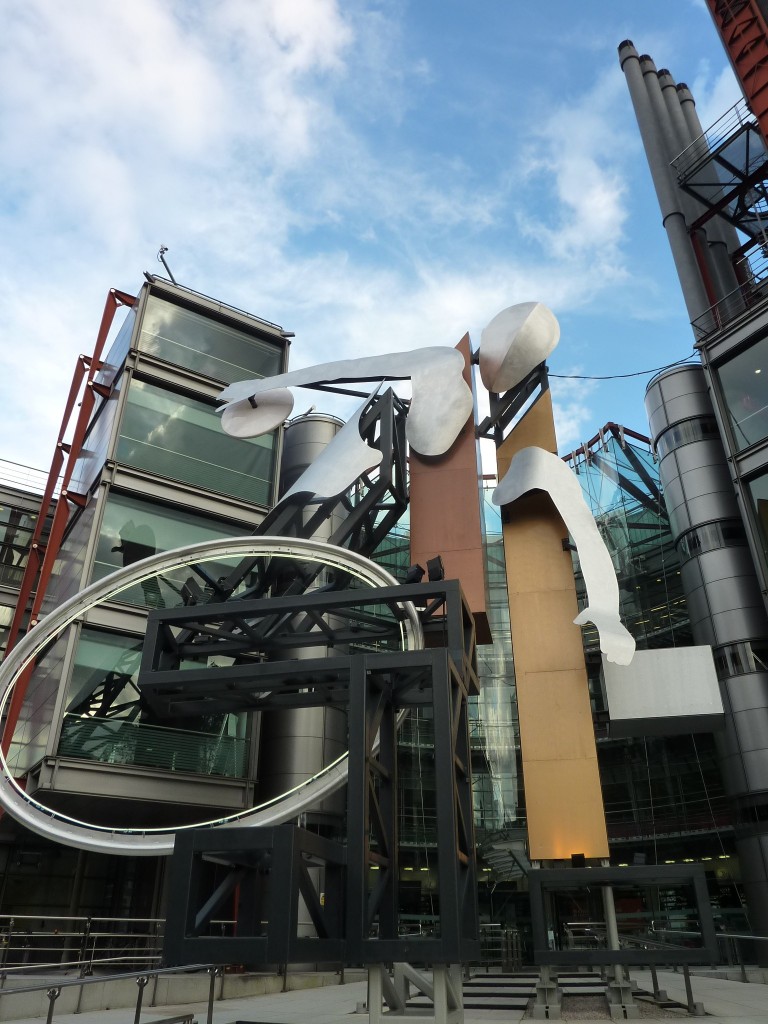
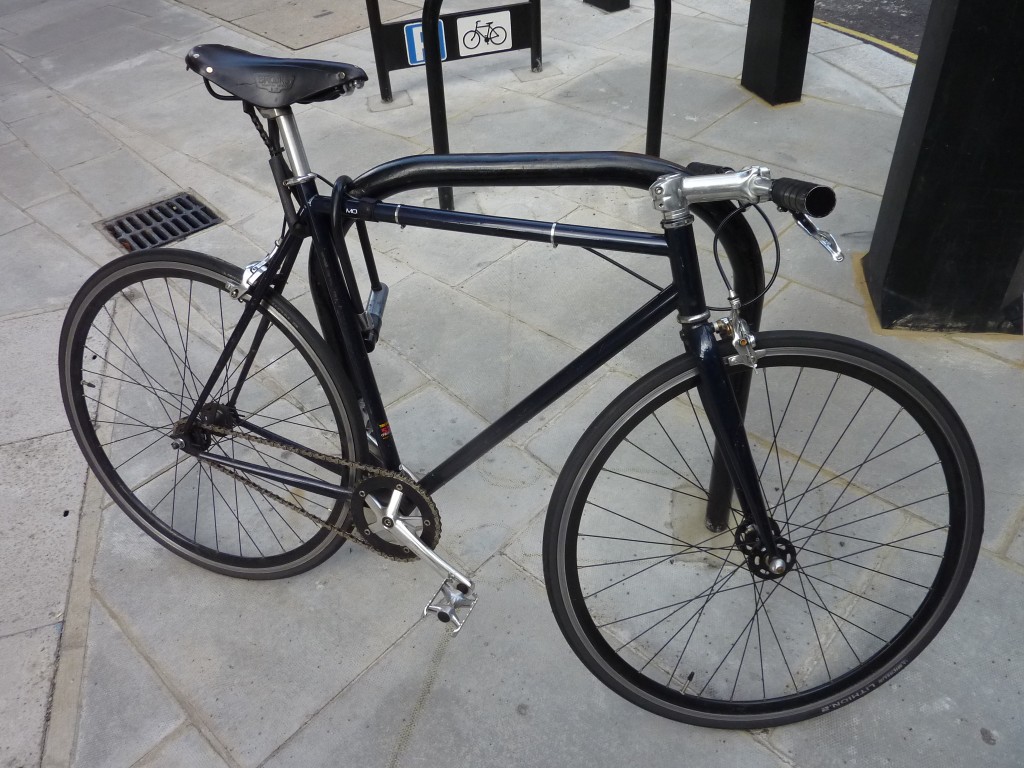
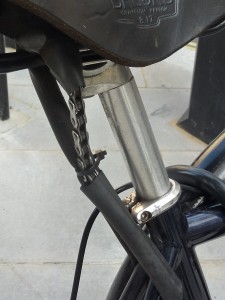
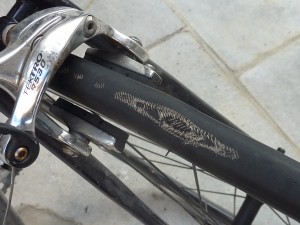
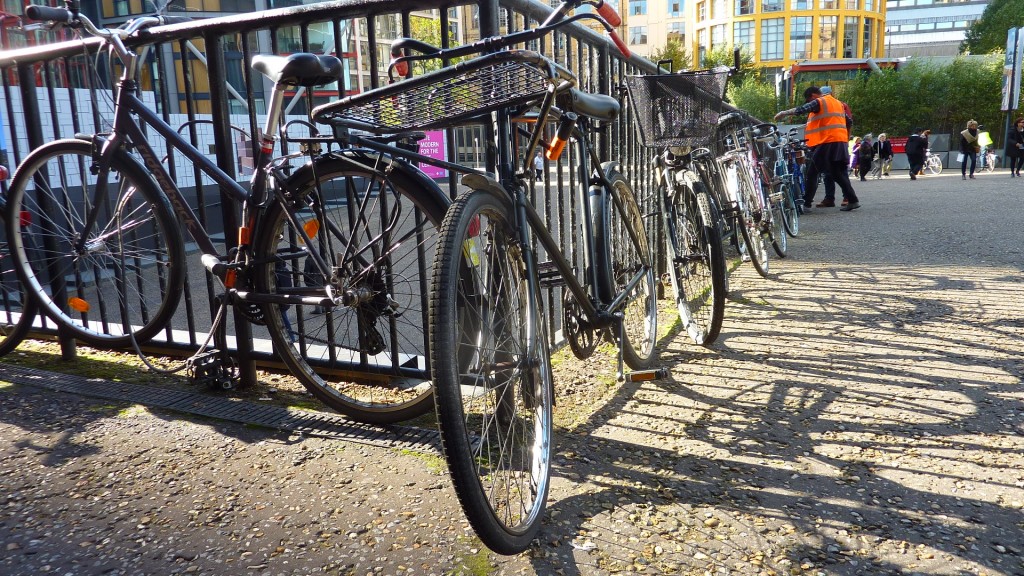
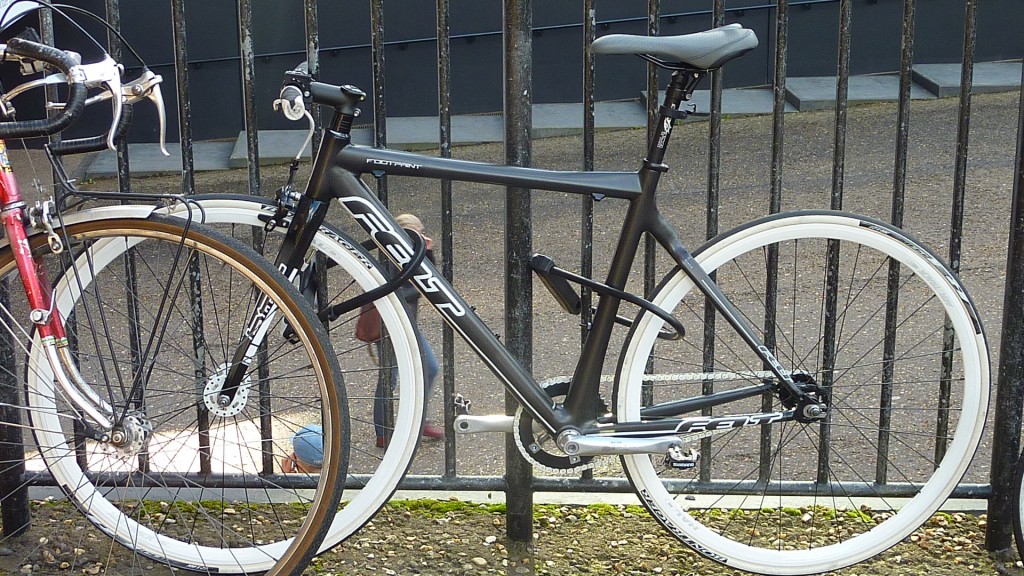
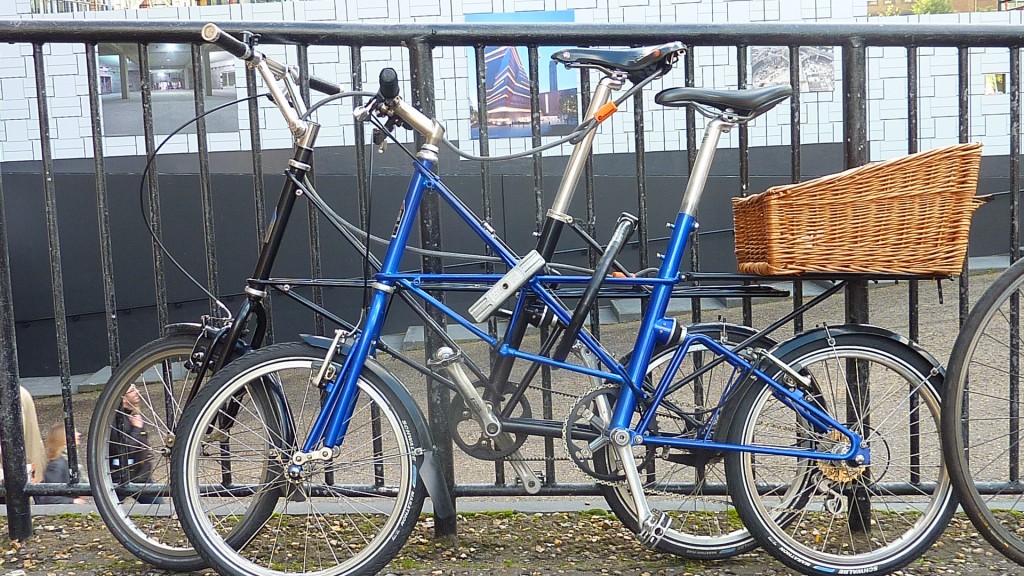
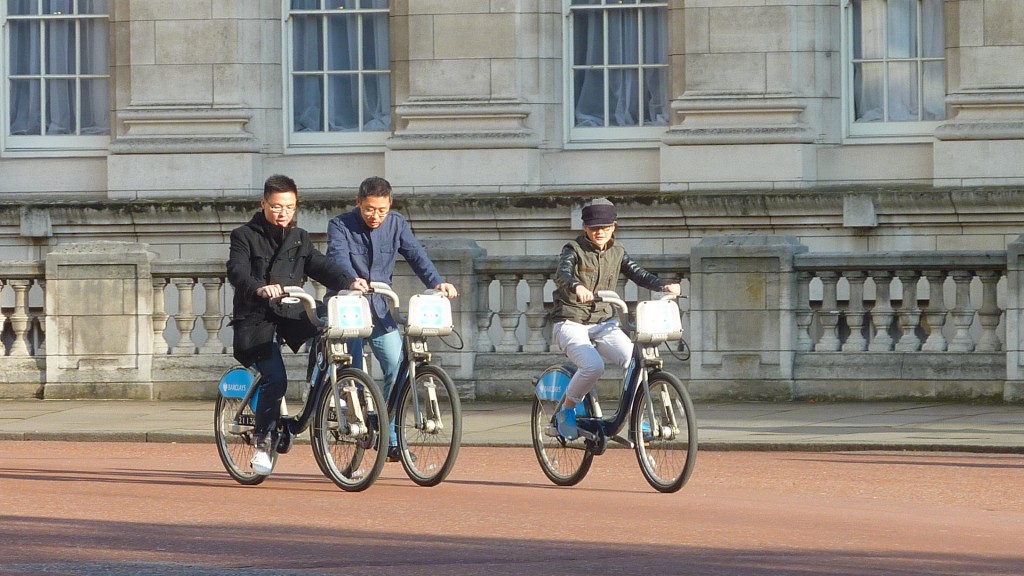
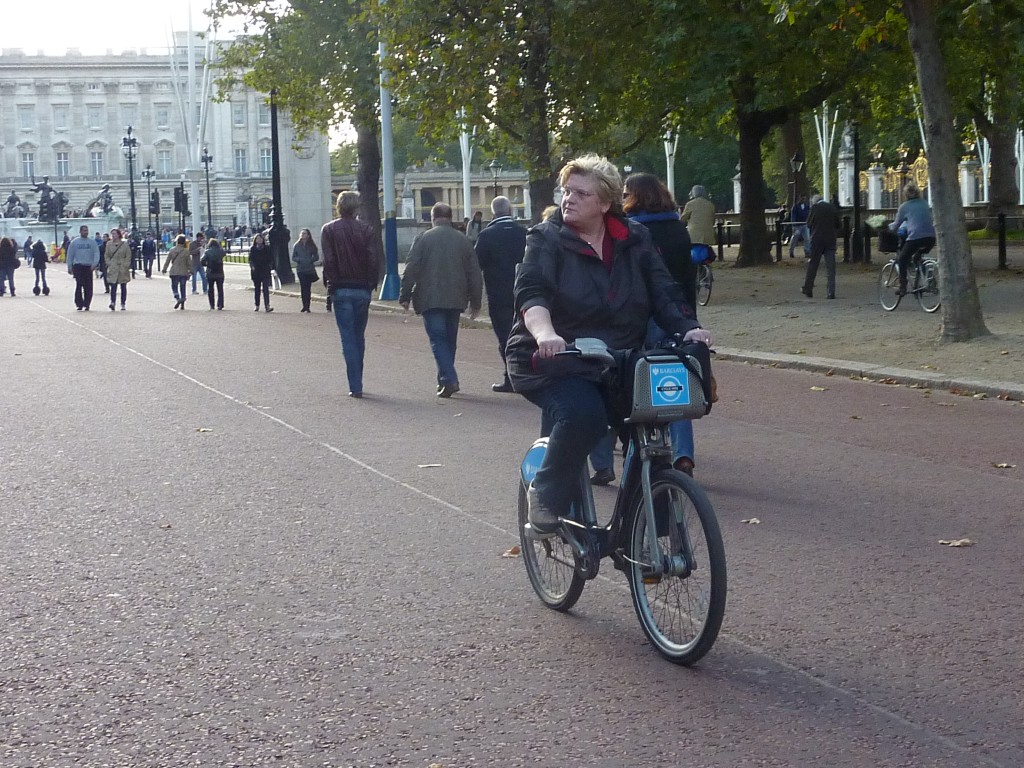
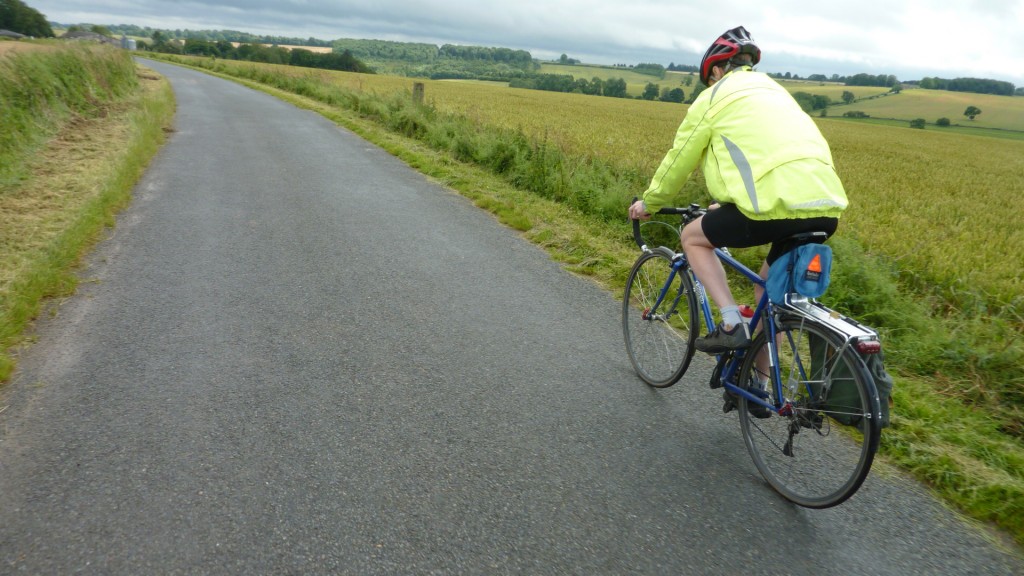
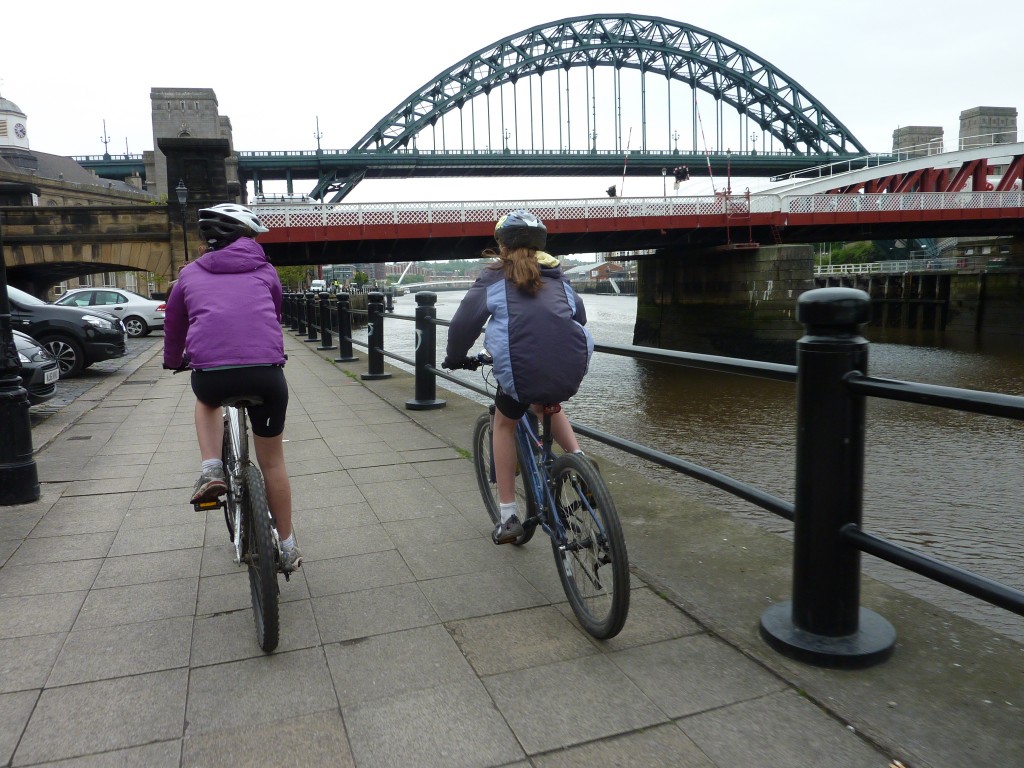
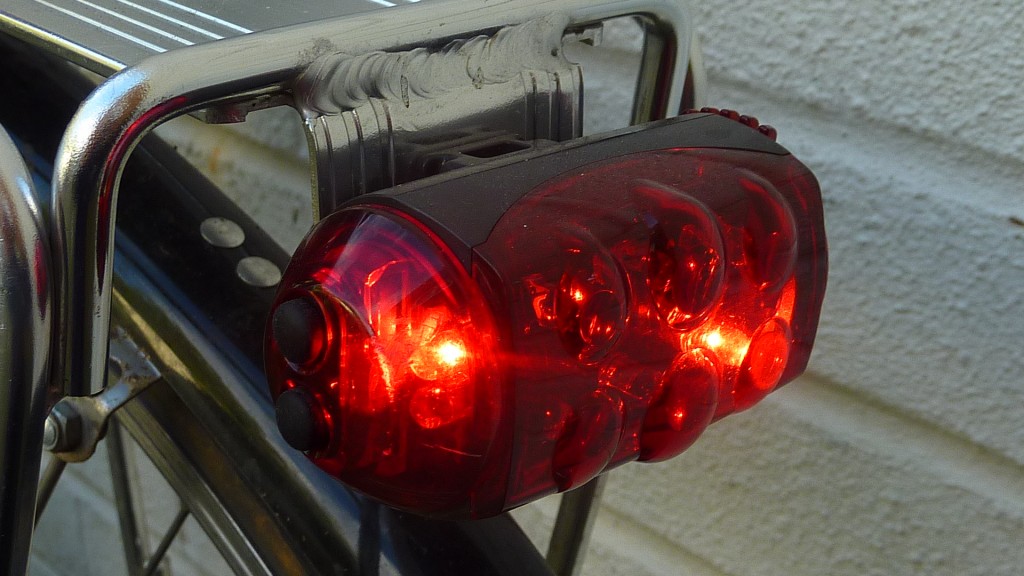
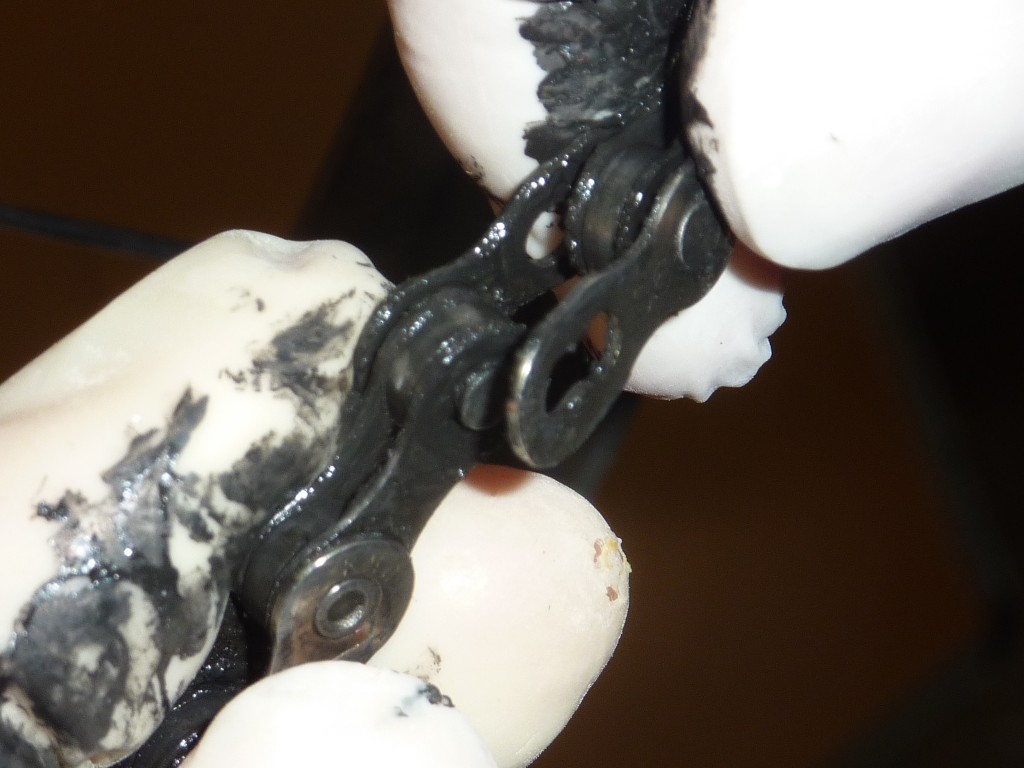
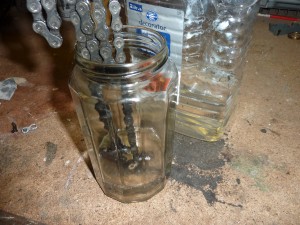
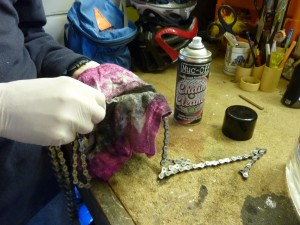
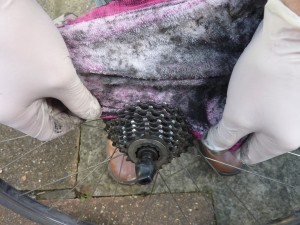
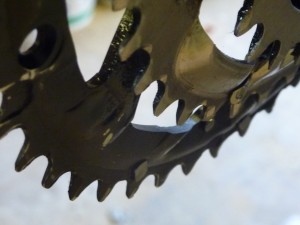
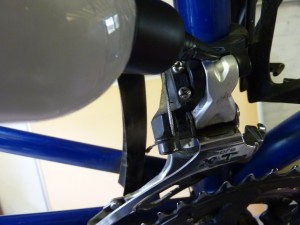
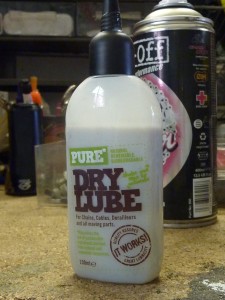

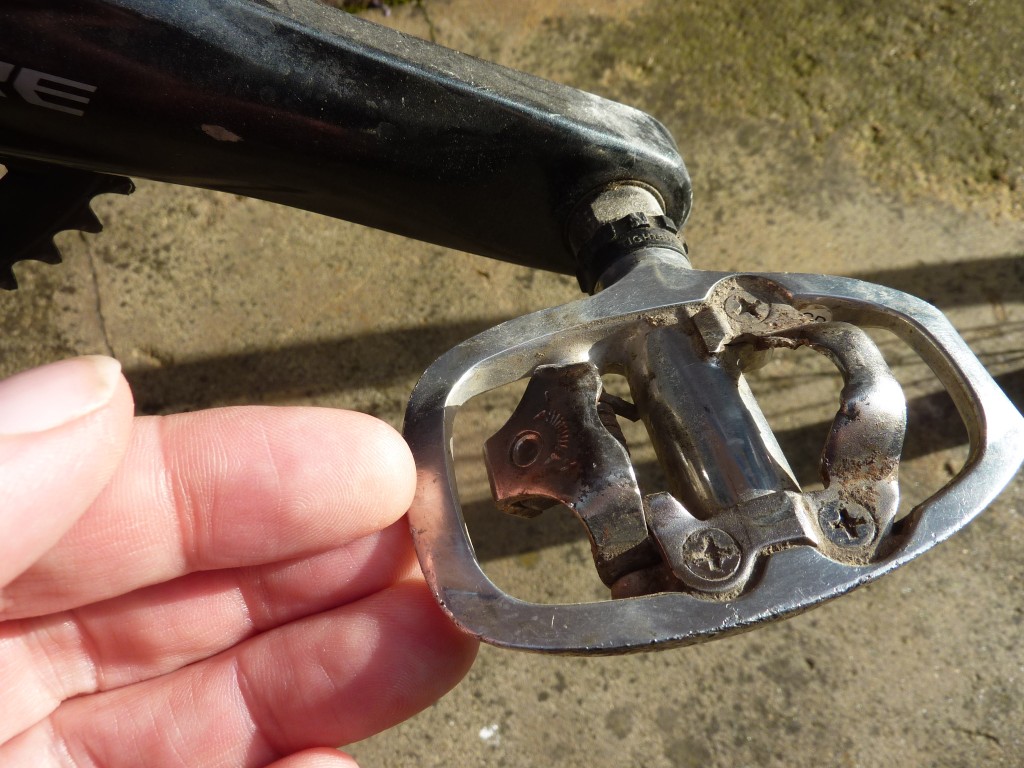





 RSS – Posts
RSS – Posts